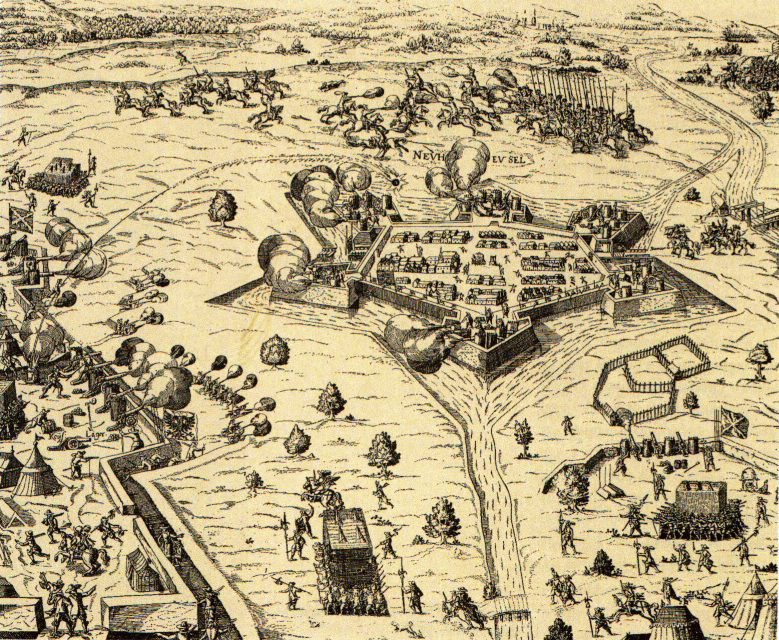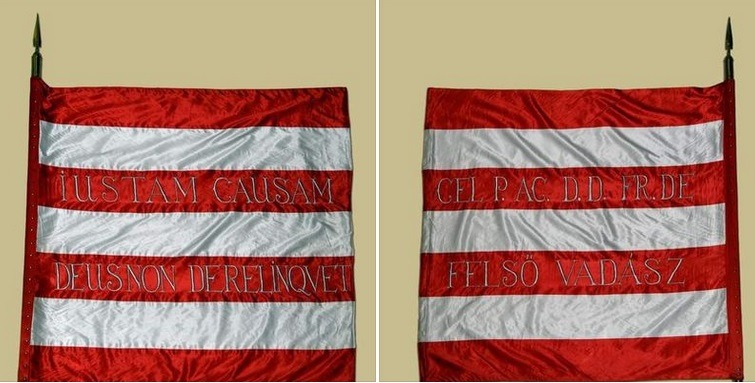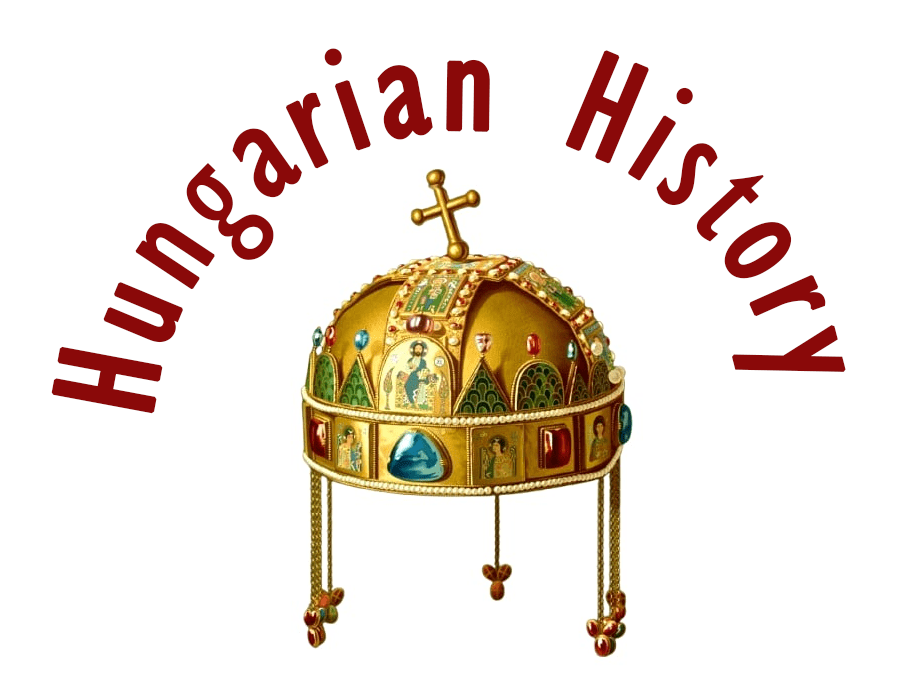The cavalry battle of Egerszeg and the sack of Tavarnok took place on 11-13 February 1710.
By the beginning of 1710, only the Great Plains and Upper Hungary were in the hands of the Kuruc forces. In addition, in the western part of the country, Érsekújvár was still held by Prince Rákóczi, who had appointed Field Marshal Esterházy Antal as his commander. The Imperials held the fortress under siege but were not in the most vigorous fighting condition. In addition, the Kuruc raiders kept them constantly restless.

Rákóczi gave orders to Esterházy to replenish the supplies of Érsekújvár Castle. The Kuruc officers suggested to their commander to attack the fortified manor house of Tavarnok, about two days’ walk from the castle of Érsekújvár, an important supply base for the Imperials. The well-strengthened Kuruc army consisted of 3,000 horsemen, 1,200 infantry, 4 cannons, and many horses. Esterházy also took with him a Polish auxiliary under General Grudziński. The French colonel de la Riviére was in charge of the infantry and artillery. Béri Balogh Ádám also took part in the operation. They left on 8 February.

The next day, the commander of Nyitra Castle, Franz Dillherr-Althan, noticed the movement of the large enemy force, and with 500 cavalrymen he went as far as Üzbég that night and attacked the 300 Kuruc cavalrymen who were resting there and drove them out of the village at 3 a.m. on the 10th of February. At the sound of the battle, the Kuruc resting in the area rushed to Üzbég, but by then Dillherr had already retreated to Nyitra. The enemy, who was charging the town, was repelled by the fire coming from the town. The colonel asked for help from the Imperial Commander-in-Chief Siegbert Heister, who sent a regiment of cavalry and two companies of dragoons to Nyitra. They arrived on 11 February.

Meanwhile, the Kuruc soldiers were trying to collect their horses after the clash in Üzbég. For this reason, they did not resume their journey until the 11th and arrived in Tavarnok that afternoon. The Imperial Guard was less than 100 strong, so Captain Berlinger abandoned the fort in the evening. The guards were captured by the Kuruc and Berlinger was released with three of his men. Unfortunately for him, Heister court-martialed him and stripped him of his rank. At the same time as the fortress of Tavarnok, the much less guarded castle of Bossány capitulated as well.

Although the reports differ as to the amount of booty (100, 300, or 500 wagons), it was certainly plentiful. On the morning of 12 February, Esterhazy and his detachment set off back towards Érsekújvár. The winter weather and bad roads meant that they could move only slowly, but they were in a hurry and did not stop for the night. The infantry, with artillery and wagons loaded with baggage, moved in front, with the cavalry led by Esterházy an hour behind.

The Field Marshal must have already known that Dillherr, strengthened by reinforcements sent by Heister, and the commander of the Imperial Army blockading Érsekújvár, General Hochberg von Hennesdorf, were approaching. For this reason, he marched his troops by the quickest route, the Nyitra Valley.
The two Imperial commanders decided on the night of the 12th to the 13th to leave their infantry behind and approach the Kuruc with their cavalry. Hochberg’s and Dillherr’s cavalry met at Nyitrapereszlény between 5 and 6 a.m. on the 13th. Unable to accurately judge the actual movement of the Kuruc army, Riviére and his infantry with baggage had almost reached Üzbég by this time, so if they had been able to get a timely warning they could have surrounded the southern Kuruc column.

At 8 a.m. Esterházy’s cavalry arrived at Egerszeg. Dillherr was escorting the Kuruc army on the hillsides to the west of him, with Hochberg behind him on the road. By this time they had sensed that the wagons were well ahead of them, so they intended to attack them after the cavalry had been broken up.
Hochberg took command of the entire Imperial cavalry unit and joined Dillherr’s unit marching up the hill and gave the order to attack at around 8 am. From the direction of the vineyards of Egerszeg, they attacked the Kuruc cavalry marching on the Nyitra river plain. They were not caught unawares by the attack, Esterházy had his troops formed in three ranks in time. In the front were the Poles, who were quickly routed by the Imperial troops.

However, at this point, Lieutenant-Colonel Horváth (most probably Horváth István from Pásztó, who had earlier exposed Bezerédj’s treachery), with 100 hussars, marched out from behind the vineyard and drove the Labanc (pro-Habsburg) Esterházy Hussars’ regiment from the battlefield. They were the hussars who had deserted Esterházy.

It is not known whether Horváth’s unit was ordered there by Esterházy or whether he acted independently. But his intervention came at the right moment. Even the Imperials praised his bravery and skill. But he lost his life on the battlefield. Dillherr also separated from his army and wandered alone for a quarter of an hour, but he was not recognized because of the Hungarian-style fur coat he wore because of the cold.

The Kuruc second-line attack broke the resistance of the Breuner Dragoons. Dillherr was also freed from his tight position by the Dragoons. The Imperials were able to straighten their ranks. The Dragoons were also able to stop the attack of the Kuruc third line. Major Ghillányi was then pushed into the rear of the Kuruc with 150 Esterházy hussars (the renegade ones), and the entire Imperial army went on the offensive. The Kuruc troops retreated towards Üzbég. The battle, which started at 9 o’clock, ended around noon.

Esterházy tried to stop the Imperial cavalry at Üzbég but failed. Riviére was forced to stall because the peasants driving the carts fled. But thanks to the Colonel’s efforts, the guns and a number of the wagons were successfully brought to Érsekújvár. The rest of the wagons and their supplies were destroyed. Eventually, the Imperials stopped the attack, so Esterházy was able to send horses to pull the wagons.

The failure was largely due to the behavior of the Polish cavalry. Outnumbered twice over, the Imperial troops dared to attack the Kuruc after the night march, and the Breuner Dragoons held their ground several times during the engagement, led with vigor by their commanders. However, the performance of the Kuruc cavalry should not be underestimated. For days they sat in the saddle, marched in the cold, on bad roads, at night, but they took the battle. Even at the end of the War of Independence, they were burning with the desire to fight.
In all, about 50 Kuruc riders were killed. Both Rákóczi and Bercsényi were unhappy about the venture, considering it an unnecessary waste of effort, but in fact, it did not result in the losses they had feared. Esterházy, together with the Kuruc colonel Beleznay János, set fire to the nearby village of Verebély in revenge for the villagers reporting the Kuruc movement to the enemy.

Source: Szibler Gábor
Dear Readers, I can only make this content available through small donations or by selling my books or T-shirts:
Please, support me with a coffee here: https://www.buymeacoffee.com/duhoxoxa
You can check out my books on Amazon or Draft2Digital, they are available in hardcover, paperback, or ebook:
https://www.amazon.com/dp/198020490X or at https://books2read.com/b/boYd81

My work can also be followed and supported on Patreon: Become a Patron!http://Become a Patron!
Become a Patron! and donations can be sent by PayPal, too: https://tinyurl.com/yknsvbk7


https://hungarianottomanwars.myspreadshop.com/all
Subscribe to my newsletter here: https://tinyurl.com/4jdjbfkn

